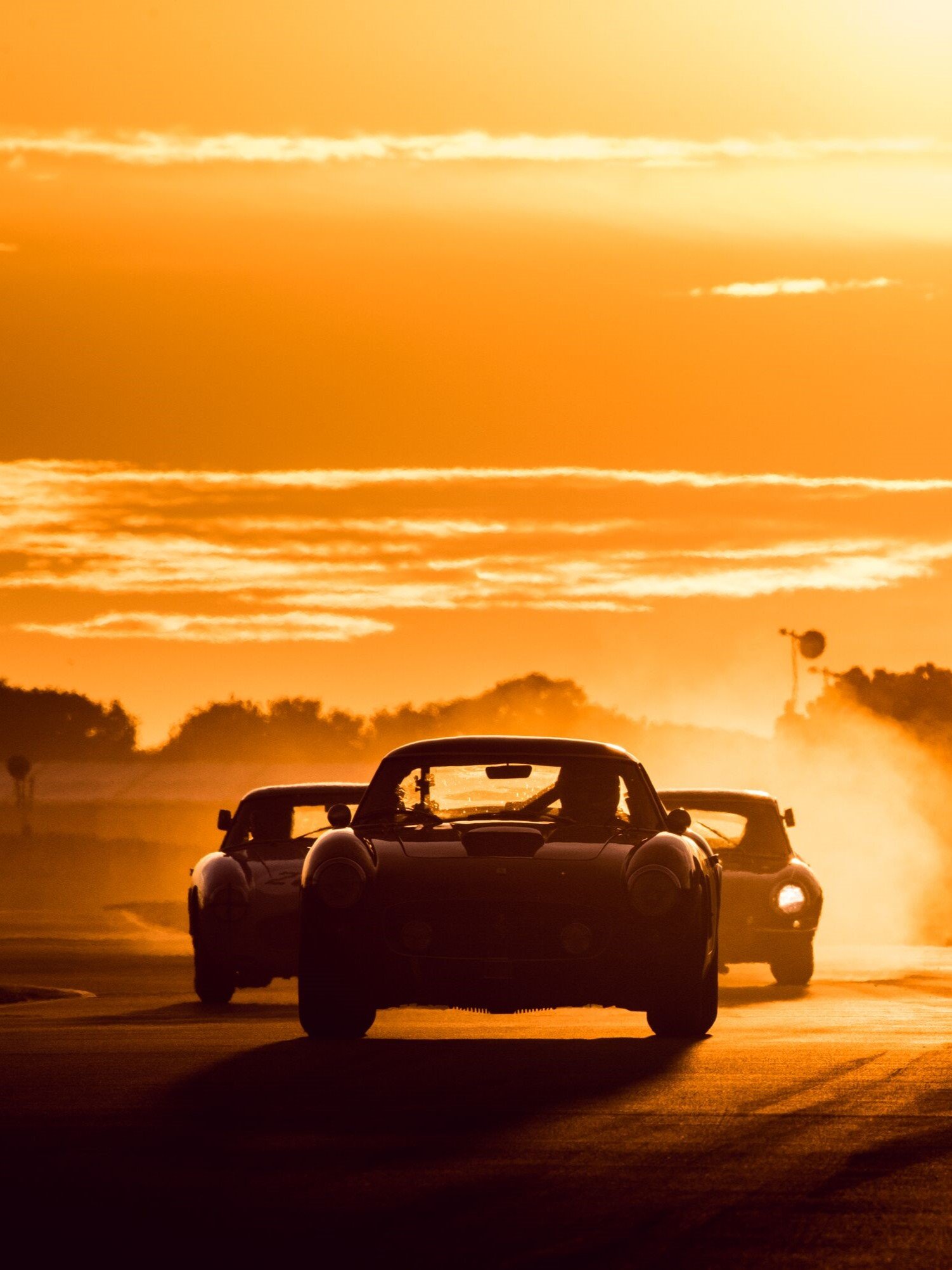Doug Nye: McLaren's Can-Am coming-of-age
 Doug Nye
Doug Nye
In New Zealand right now, a film production unit is putting the finishing touches to what promises to be a great and detailed documentary covering the sparkling life and work of Bruce McLaren. He was by some way one of the most charming, pleasant and popular of all frontline International racing drivers. He was also a good, practical and pragmatic engineer, and of course the creator of the McLaren marque which bears his name.

During one of the periodic avalanche clearances which pass for tidying up my workroom, I happened across a card folder enclosing some old prints. Blow me down – the original McLaren-Oldsmobile Mark 1 prototype (pre-M1A in effect) on test at Goodwood.
For 1964, Tasman racing in New Zealand and Australia, Bruce McLaren wanted to build a pair of special single-seater racing cars, to be driven by himself and by young American Formula Junior Cooper star Timmy Mayer. But Bruce was number one driver for the Cooper Car Company’s F1 team, and Charlie Cooper was notoriously averse to spending any money. He believed the team’s regular F1 cars would do the Tasman job, but Bruce considered them too big and heavy. For a start, the Tasman races were quite short so the cars would not need the big fuel tank capacity they featured for a full-length Grand Prix. Instead, Bruce wanted a pair of lightweight, slimline lines to make the most of the Tasman regulations. Timmy Mayer was unknown ‘down under’ and Charlie Cooper worried that he would not attract adequate start money. He said bluntly that if there were any problems with entries and adequate appearance money then he would can the project…
It was at this point that Bruce McLaren decided to go it alone, without Charlie Cooper’s backing or involvement. Timmy Mayer had an older brother named Timmy who was a good businessman and with whom Bruce got on well. Together they set up ‘Bruce McLaren Motor Racing Ltd’ to run the cars he wanted, the way he wanted. Teddy already had one or two 2 ½-litre Coventry Climax 4-cylinder engines which Timmy had been using in the brothers’ Cooper Monaco sportscar they had raced in America the previous year. They matched Tasman requirements and were added to the pool. Bruce’s longtime friend and mechanic Wally Willmott and the Mayer brothers’ counterpart, Tyler Alexander, built two special slimline, small-tanked Tasman cars in the Cooper workshop. The first prototype was complete and on test at Goodwood in September 1963, and the new team made its debut at Levin, New Zealand, on January 4th, 1964.

Ill-fated Timmy Mayer in the prototype 1964 Tasman Cooper - by McLaren - shake-down testing at Goodwood, September 1963
Bruce won the New Zealand Grand Prix for the first time and the tour went well until the final round at Longford, Tasmania. There poor Timmy crashed into a roadside tree during practice, and was killed. Bruce still raced next day – he finished second behind Graham Hill’s winning Brabham, and became Tasman Champion.
He would continue as Cooper’s Formula 1 team leader through the rest of 1964 and to the end of 1965. But meantime his own team made its name in sportscar racing. With Timmy Mayer as an intermediary, he bought what had been the centre-seat Cooper Zerex Special sportscar from Roger Penske in the USA. It had a Climax 4-cylinder engine, and there were plans to replace that unit with a lightweight 3.5-litre Oldsmobile V8. That unit weighed little more than the Climax but offered an extra 40-50 horsepower. Even before the Tasman tour, Bruce had planned a sportscar of his own to use the ex-Tasman Climax engines. A frame was made, but in the Bahamas Speed Week at the end of ’63 the Mayers Wally and Tyler had seen the power of the V8s and were convinced a Climax could no longer cut it.
Teddy had been recovering from the loss of his kid brother in America, and in March 1964 he bought the Zerex in America, plus the boxed new Oldsmobile engine in a crate beside it. Bruce had rented workshop space in an earth-floored building in New Malden near Surbiton where Tyler and Wally fitted the Zerex with International regulation windscreen, spare wheel and luggage space and the then green-and-white car was taken to Oulton Park for practice. Bruce retired from the race there but one week later he beat Jim Clark’s new Lotus 30 with Ford V8 engine at Aintree – and McLaren’s sportscar programme was into its stride.

Bruce with (hidden) Wally Willmott, Bruce Harre, Howden Ganley, Eoin Young and the model new McLaren Mark 1 - Belvedere Works, Feltham, 1964.
Two weeks later Bruce won with the former Zerex Cooper-Climax again – holding off Roy Salvadori’s big 5-litre Cooper Monaco with Maserati V8 racing engine, at Silverstone. Wally and Tyler then hacked the ageing car apart at New Malden, modified the frame and fitted the Oldsmobile V8. The revamped car was flown to Canada for a big race at Mosport Park. Bruce drove and won both 100-mile heats. Back in England he then won the Guards Trophy race at Brands Hatch on August Monday.
Bruce had a design on the board for a new sports-racing car, based upon experience with the ‘Jolly Green Giant’ Cooper special. He and Teddy moved their little team into a new workshop behind a shopping centre in Feltham, Middlesex.
On August 29th, 1964, Bruce ran the Cooper-Olds in the Goodwood TT, qualifying on pole and leading Jim Clark’s works Lotus 30 in a tremendous battle before sidelined by clutch slip.

Bruce in the prototype McLaren-Oldsmobile Mark 1 ‘Strong Mother’ testing at Goodwood - 1964
By September the new McLaren-Oldsmobile Mark 1 was ready for test – again at Goodwood. Its shapely aluminium bodywork had been styled by Tony Hilder, formerly with Specialised Mouldings – the specialist racing car GRP body suppliers - and it had been hand-fashioned by the two-man Robert Peel Coachworks on the Thames towpath at Kingston. The veteran pair of panel bashers there had worked on Donald Campbell’s Bluebird Land Speed record cars, no less, in the 1920s…
This new McLaren Mark 1 prototype was uncomplicated, light and fast. At Goodwood under test, it had ‘ENG. STRONG MOTHER’ scrawled in marker pen on the driver door-flap. Teddy had been trawling scrapyards in the USA offering good money for Oldsmobile F85 V8s with their rare aluminium blocks, and in California, he had Jim Travers and Frank Coon of Traco Engineering developing a 4.5-litre variant to replace Bruce’s 3.9. With four twin-choke Weber carburettors, these engines gave the prototype around 310bhp and Bruce promptly sliced three seconds off the Goodwood lap record.
After its sessions around our Sussex circuit, the car was sprayed in New Zealand national colours of jet black with a silver central stripe – and it made its racing debut in the Canadian sportscar GP at Mosport on September 26th, 1964.

Sleek Tony Hilder-styled bodywork of the prototype McLaren ‘Strong Mother’ unpainted but ready to rumble - Goodwood 1964
In a great fight with Jim Hall’s American Chaparral-Chevrolet, Bruce took the lead when the Texan crashed and led until his new car’s throttle linkage fell apart, losing him four laps in the pits. He hauled back to finish fourth and for the first time, a lap record fell to ‘McLaren (McLaren). There would be more. The Mark 1 began the production McLaren M1A, and the rest of the McLaren marque followed on from that tap-root – first tested, developed and nurtured on the Goodwood Motor Circuit.
Photography courtesy of The GP Library
McLaren
Can-Am
Doug Nye
M1A






